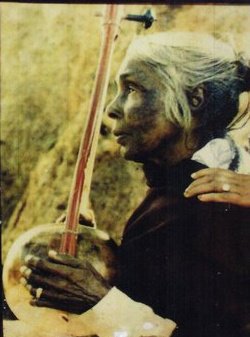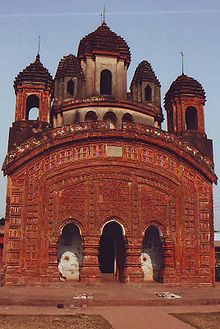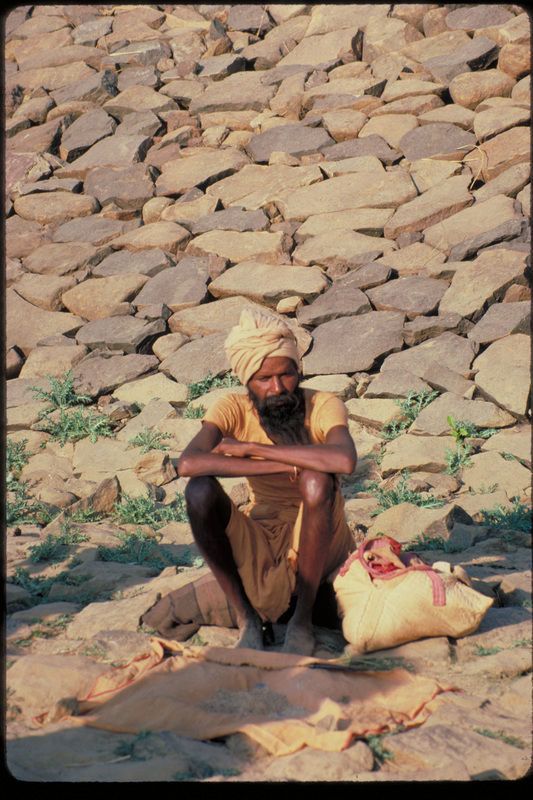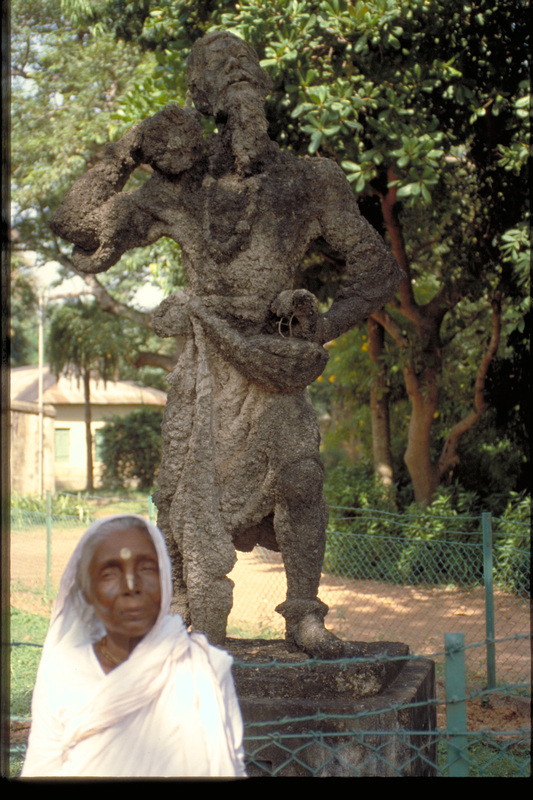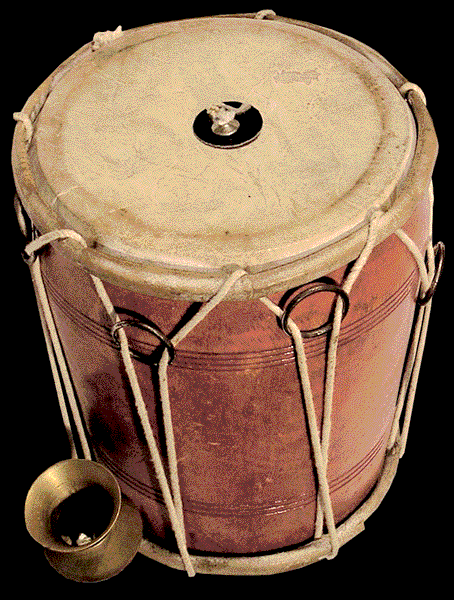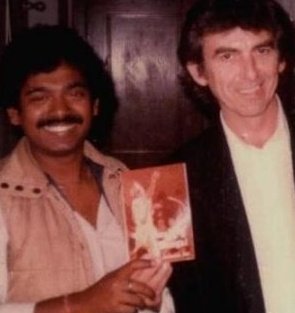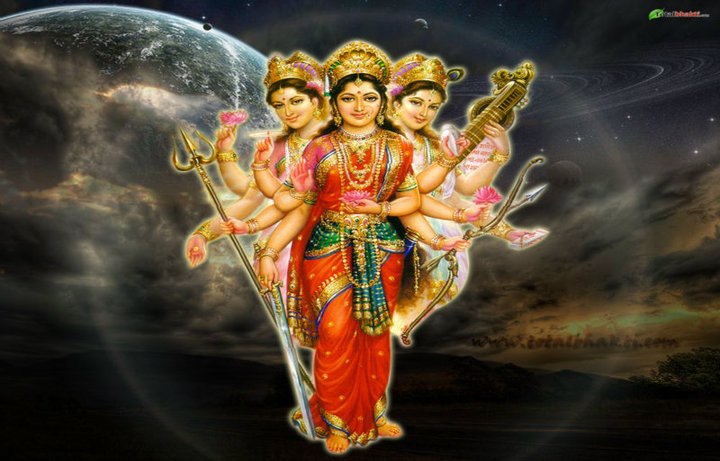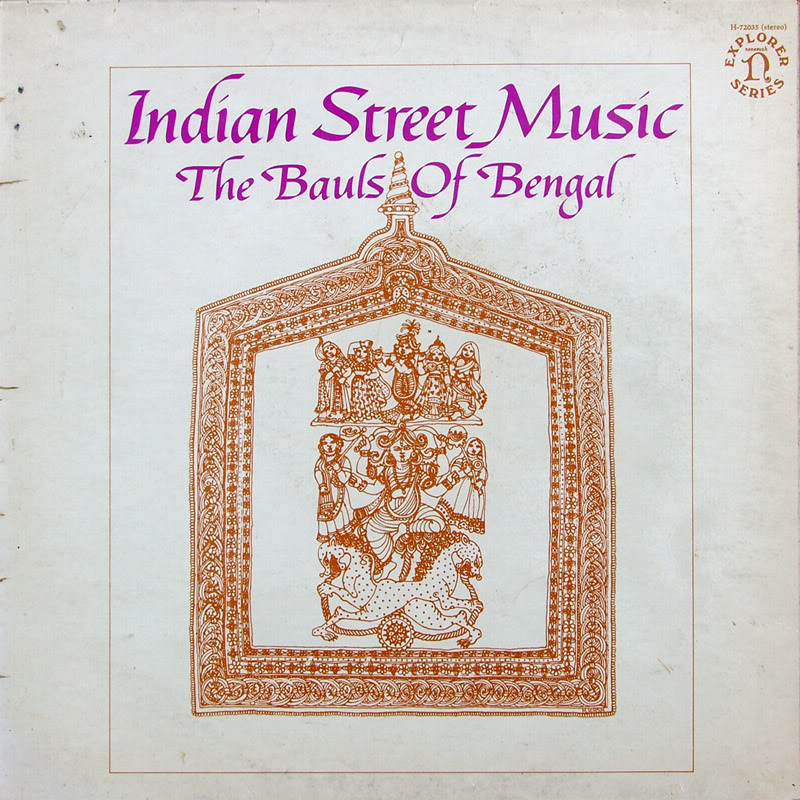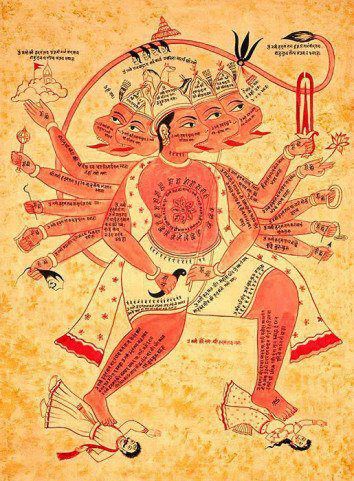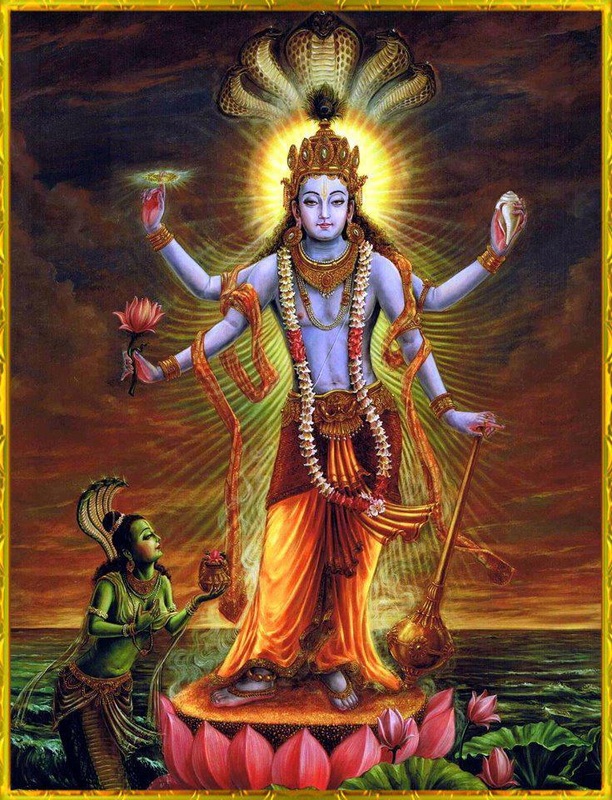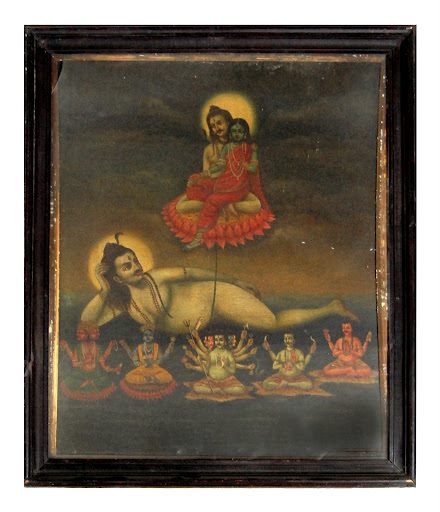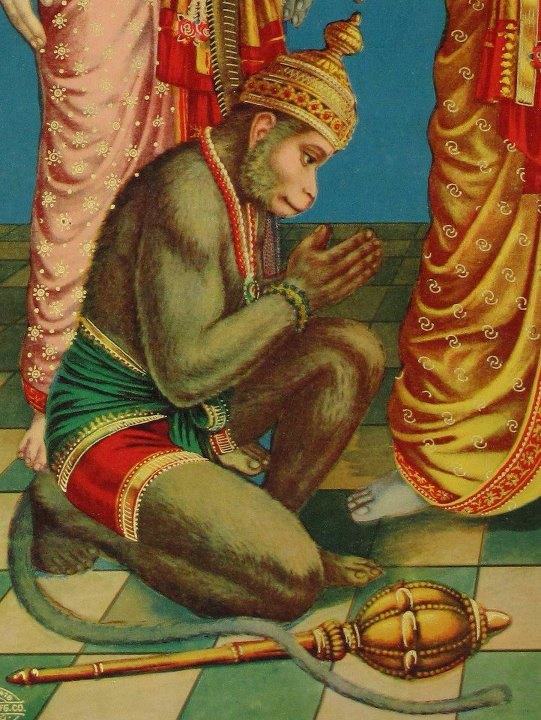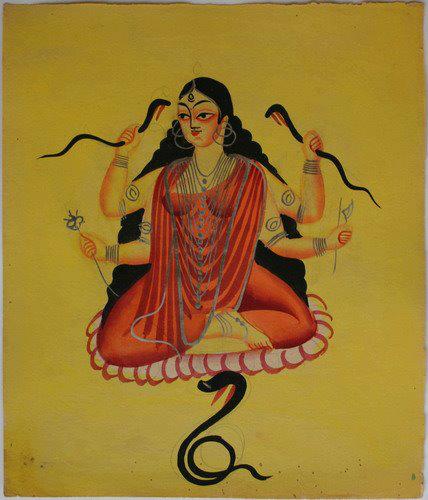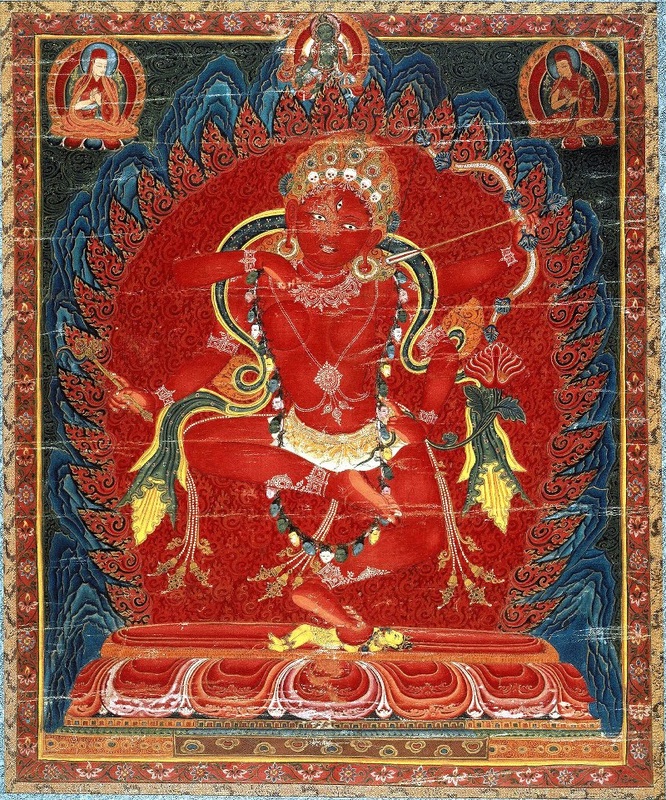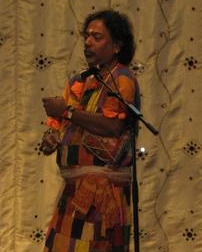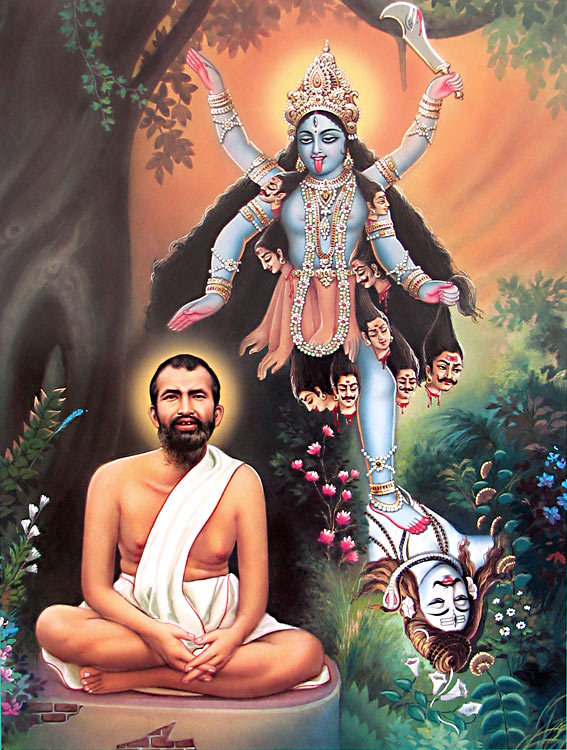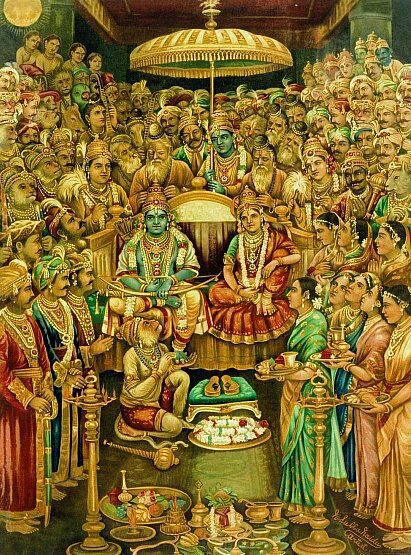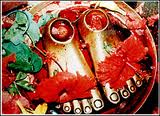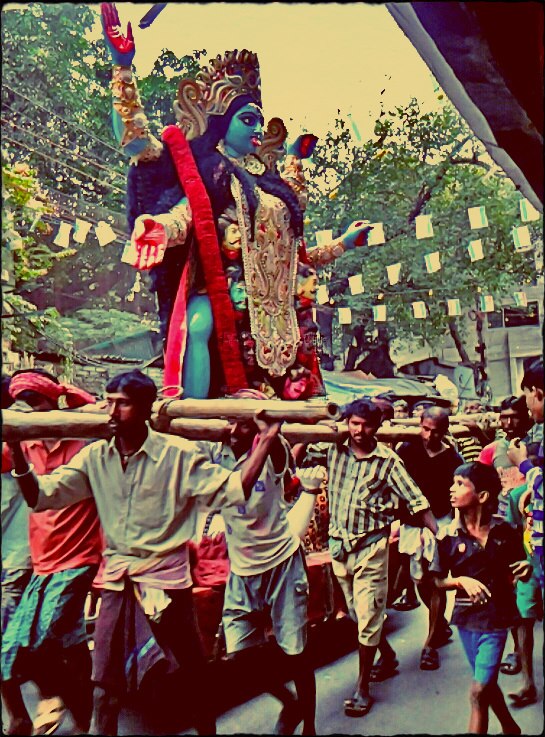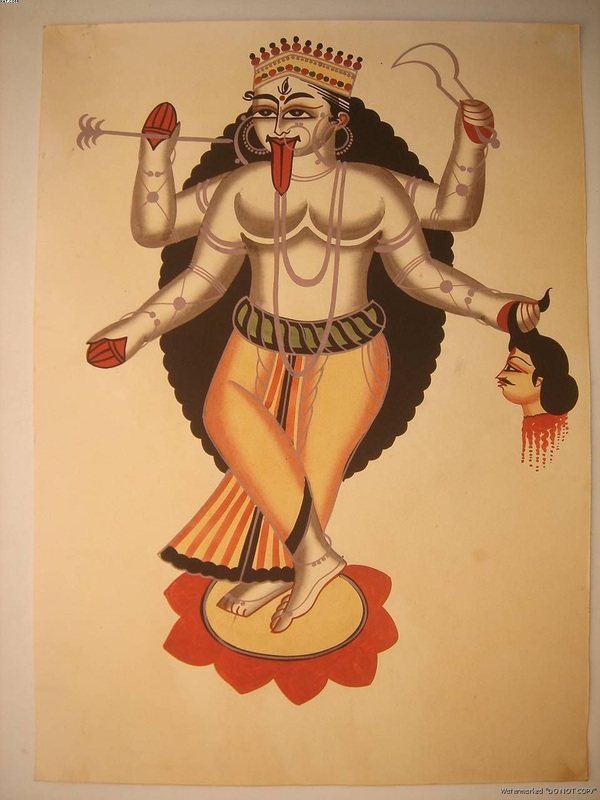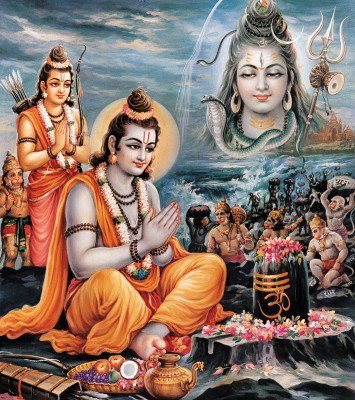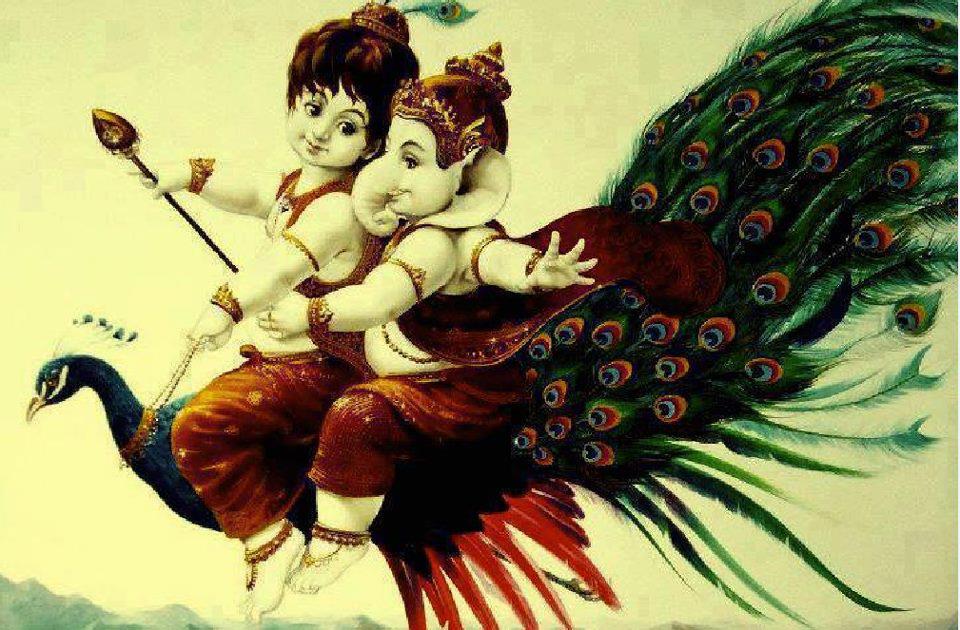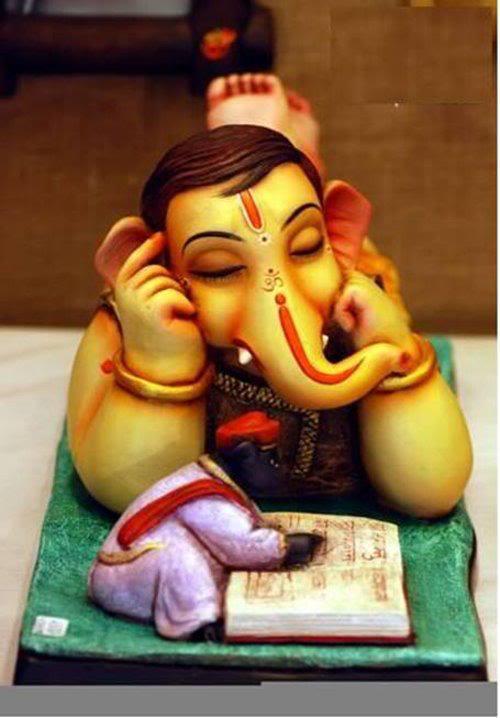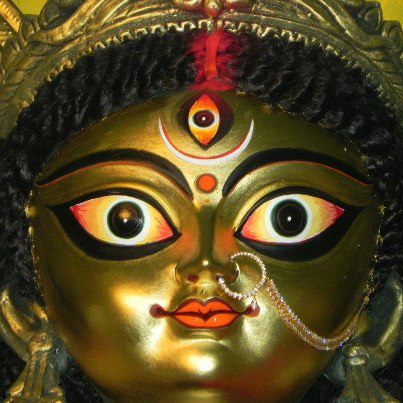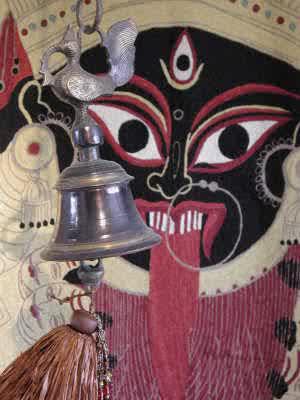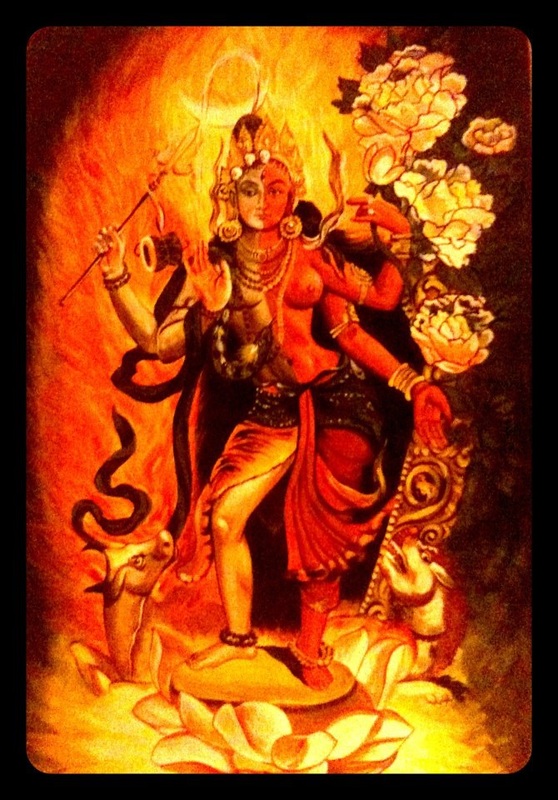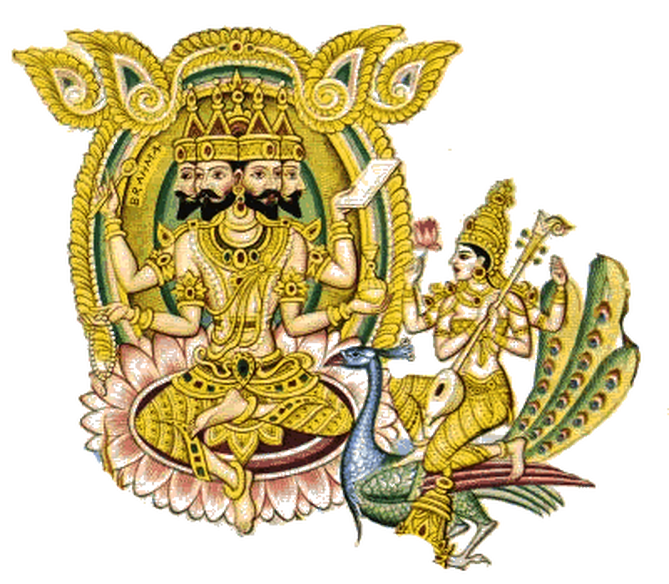
‘Brahmaksara-samudbhavan’ – the Vedas are directly manifested from Brahma. This principle emanates from Sri Krishna Himself in Gita 3.15. Vedas are apauruseya, meaning they do not come from any materially conditioned persons but from a Supreme source. It was imparted to Brahma, the Creator in the Hindu pantheon at the dawn of creation. Then Brahma imparted the knowledge to Narada, whose realization appears throughout Vedic literature.
Brahma, Vishnu and Siva, the Trimurthi, are classified as guna-avataras. These gods are controllers of the modes of nature. Brahma creates the material universe and controls the mode of passion. Vishnu maintains the universe and controls the mode of goodness. Siva maintains the universe and controls the mode of ignorance.
Brahma is regarded as the Supreme Being, the God of Gods. Having created Gods, he placed them in these worlds: Agni in the mortal world; Vayu in the atmosphere and Surya in the sky. And in the worlds higher are placed the higher gods and he proceeded to the higher sphere, Satyaloka which is the most excellent and limit of all worlds. Excellence in the heavens, from the mightiest of animals to the tiniest insect was to be found in Satyaloka.
Even Narada declared himself incompetent to describe Satyaloka. In two hundred years he could not mention its excellence! Brahma is the first jiva being born in the universe. In order to create the world and produce the human race, Brahma made a goddess out of himself. One was a woman, Goddess Gayathri and the other half himself. His life endures for the entire life span of the universe. When the universe is annihilated at the end of Kali yuga, he dies. His life span is unimaginable. A walking day of Brahma is said to last 200 million years.
Abstract Spirit: ‘Brahma generated the gods, Brahma generated the entire world. Within him are all these worlds. Within him is this entire universe. It is Brahma who is the greatest of beings. Who can vie with him? In Brahma, the thirty-three gods; in Brahma, Indra and Prajapati; in Brahma all things are contained as in a ship’ – Taittiriya Brahmana. In the Vishnu Purana Brahma is translated as ‘abstract supreme spirit’. How can an abstract spirit without qualities, illimitable and free from imperfection be attributed to Brahma? There are two states of Brahma. One with shape and perishable; the other without shape and imperishable. The imperishable is the Supreme Bering; the perishable is all the world. The Vishnu Purana also states: ‘Glory to Brahma, who is addressed by that mystic word ‘Om’ associated eternally with the triple universe – earth, sky and heaven, and who is one with the Vedas.’ The Vedanta – conclusion of the Vedas consider Brahma as the creative aspect of Nirguna Brahman.
Depiction: Brahma is depicted to have red skin and long white beard. He wears white clothes. He rides on a swan that has the magical ability to separate milk from water symbolising wisdom-ignorance. He has four arms. In one arm he carries the Vedas, in another a scepter, in a third a kamandalu and the fourth a bow or a rosary, the aksamala. He does not hold any weapon. Brahma has four heads and in this Siva has five and outdoes him! He used to have five heads. The four heads appeared when Gayatri was ashamed with Brahma’s love for her and tried to escape from his gaze. The tremendous tapas that Brahma had practiced for the purpose of creation was entirely annihilated through his desire to unite with his daughter. One head was lost when Brahma lied to Vishnu and caused Siva to become very angry.
Mythology: Despite playing a major role, there seems to be only one temple in Pushkar in Rajasthan attributed to Brahma exclusively. Shiva bhaktas point to a special myth of an argument between Brahma and Vishnu as to who is the most powerful. Siva, overhearing this, appears as a gigantic flaming Lingam soaring up to the heavens and descended to the nether regions underneath the earth. Brahma took the form of a swan and went upwards and Vishnu the form of a boar and descended down. Neither could reach the ends. Vishnu acknowledges Siva but tried to pass off by trickery. He passes by a ketaki flower which inhabited the upper regions of the lingam and requests it to testify that Brahma had reached the uppermost end. Siva was angered by this bluff and cursed Brahma that he was not worthy of worship and ketaki condemned eternally not to be offered in worshiping rituals.
But one could see the allegory here as ego related Brahma. It is difficult to create something out of nothing and not to have pride. So this myth may be pointing to the negative impact of Brahma who wanted victory and lie is part of ego, isn’t it?
The other notable mythology by Vaishnavites is his origins from Vishnu’s navel as a lotus flower. Thus he is self born. Another refers to him as Prajapati, son of God. The Shatapatha Brahmana notes that he was born of the Supreme Brahman and the female energy as Maya. He was therfore born in water from a seed that became the golden egg. Brahma is said to have originated as Hiranyagarbha. The golden egg expanded and Brahma appeared from part and the rest as Brahmanda or the Universe. Brahma later gave birth to eleven forefather of the human race called Prajapatis and seven great sages known as Saptarishis. These children of mind-sons of Brahma, who were born out of hims mind rather than body are known as ‘Manasputras’.
Names: Brahma is also known as Atmabhu – the self existent; Paramesthi - the chief sacrifice; Lokesha – The God of the world; Hiranyagarbha – He who came from the Golden Egg; Savitripati – Husband of Savitri and Adikavi – the first poet.
Goddess Saraswathi: Brahma’s consort is Saraswathi, the Goddess of Wisdom and Science; Vedamata -the mother of Vedas and the inventor of words. She is represented as fair young woman with four arms, With one of her right hands, she is presenting a flower to her husband by whose side she continually stands and the other she holds a book of palm leaves indicating knowledge and learning. In one of her hands she holds the Sivamala or rosary and the other a damaru. She dwells amongst men but her special abode is with Brahma in Brahmaloka. Saraswathi is celebrated both as a fertilising river and Goddess who commands riches. Thus Vedamata, Brahma’s consort, is said to have descended from the heavens. Hari Om
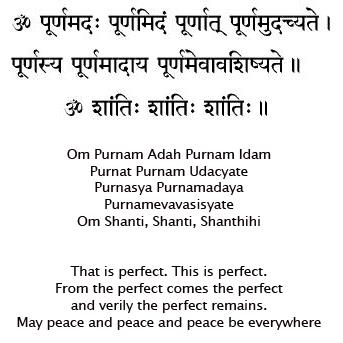
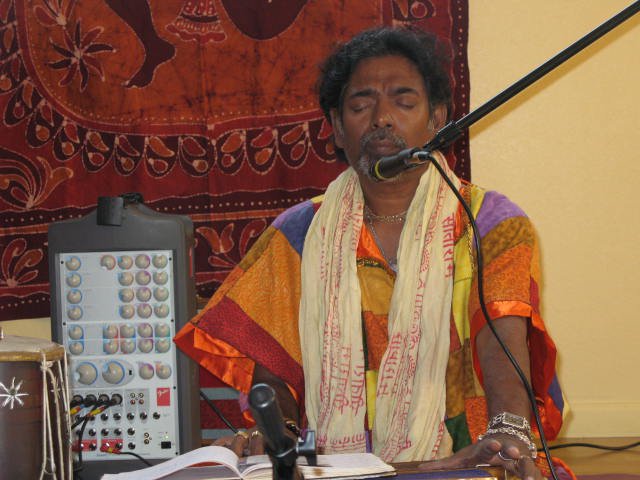
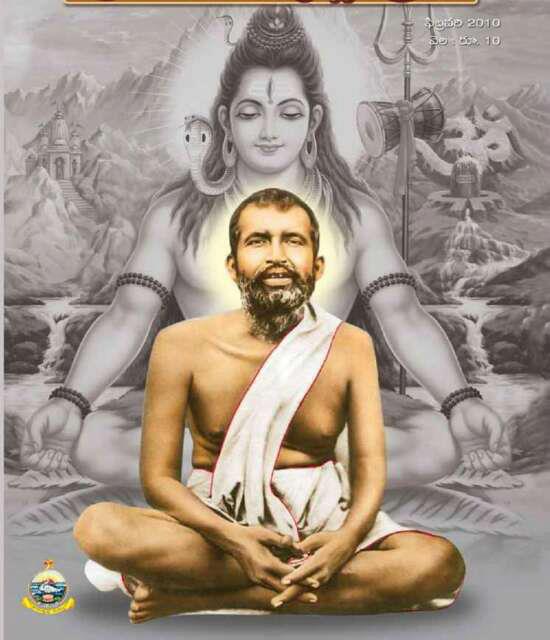

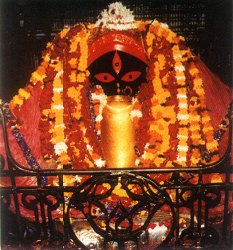
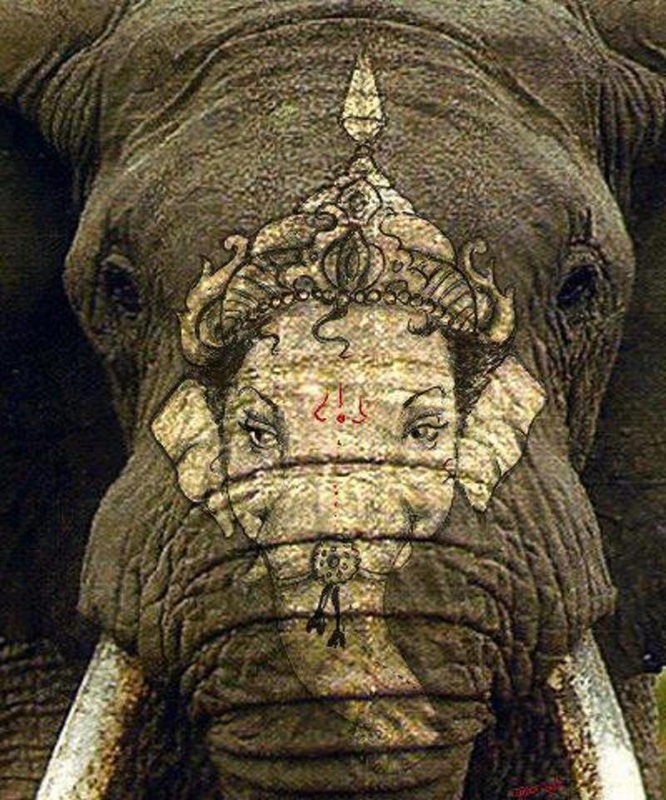
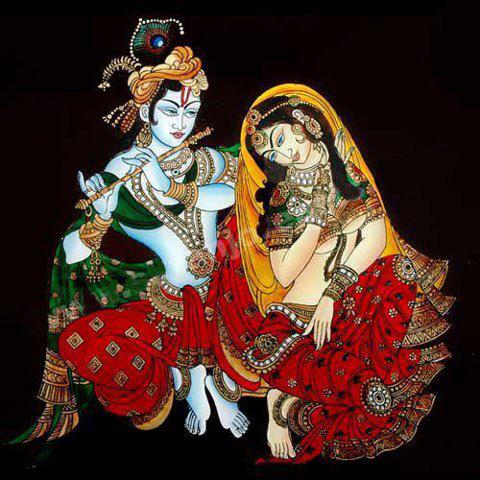
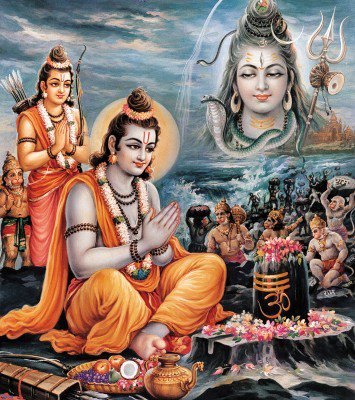
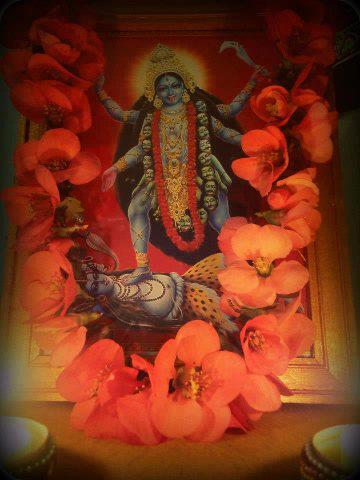
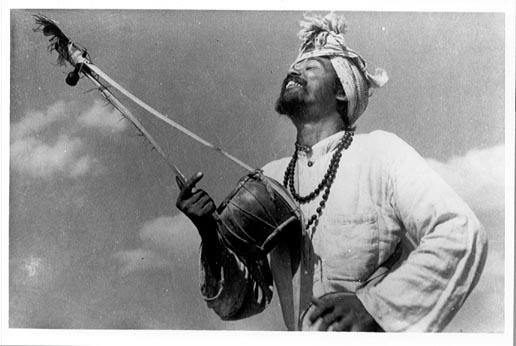
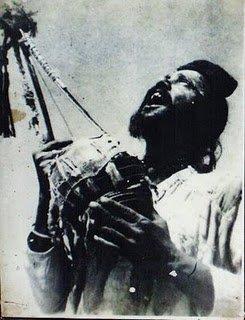
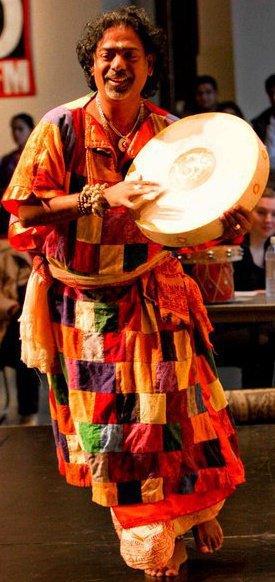
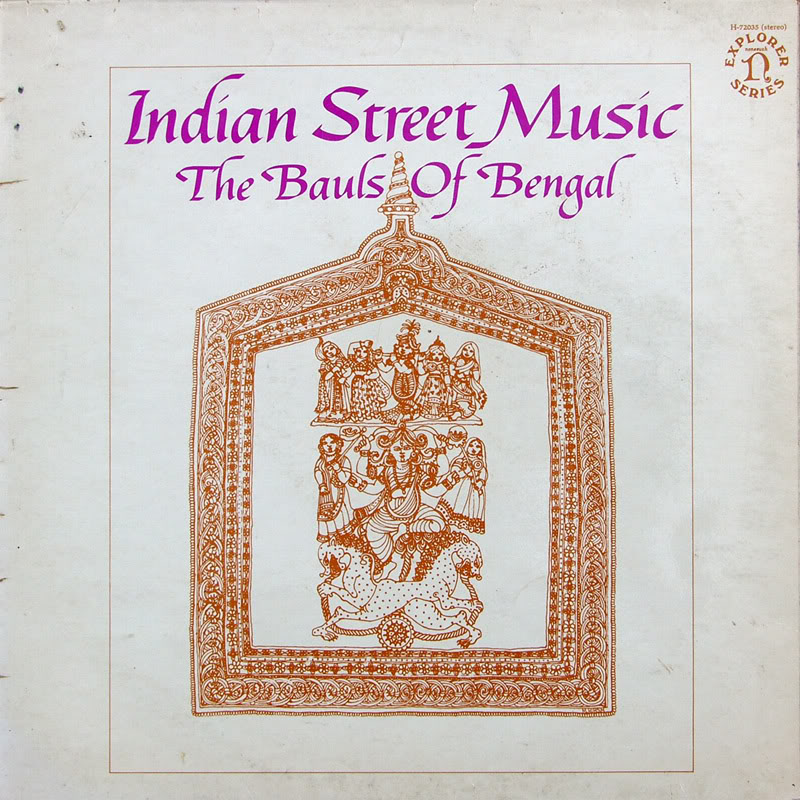
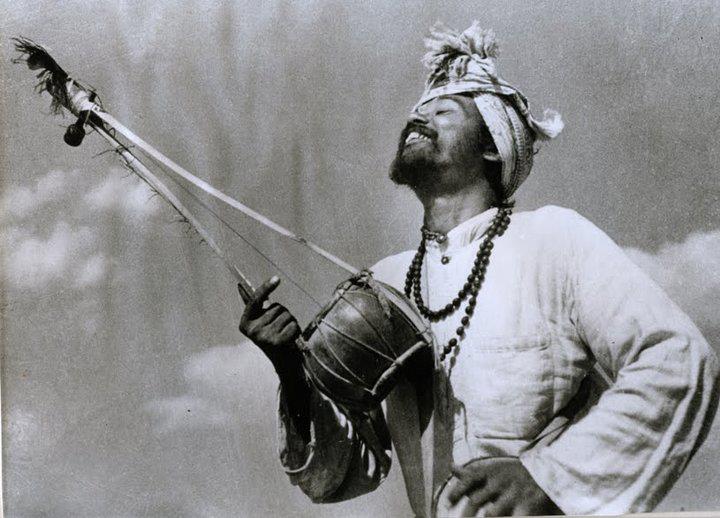
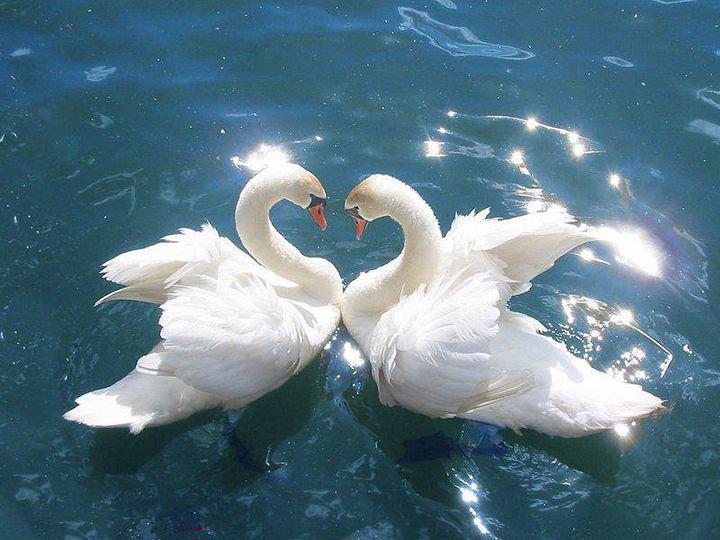
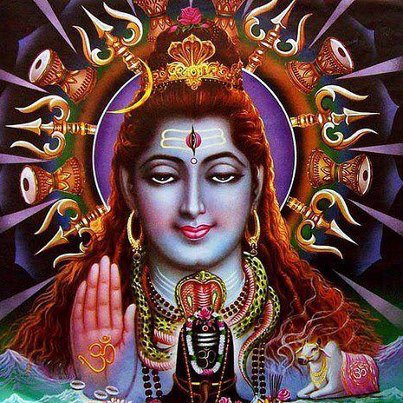
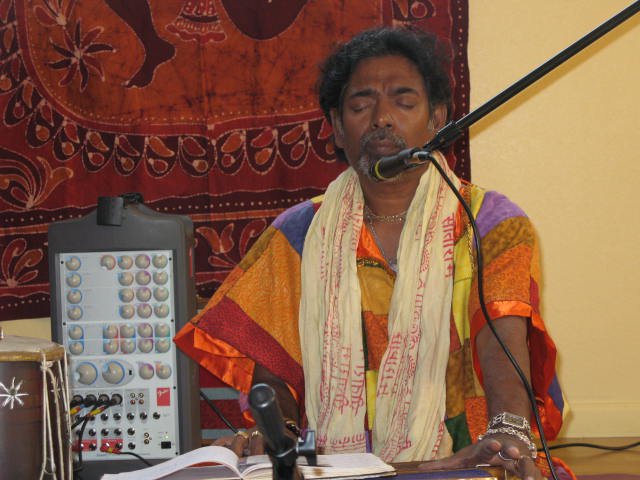
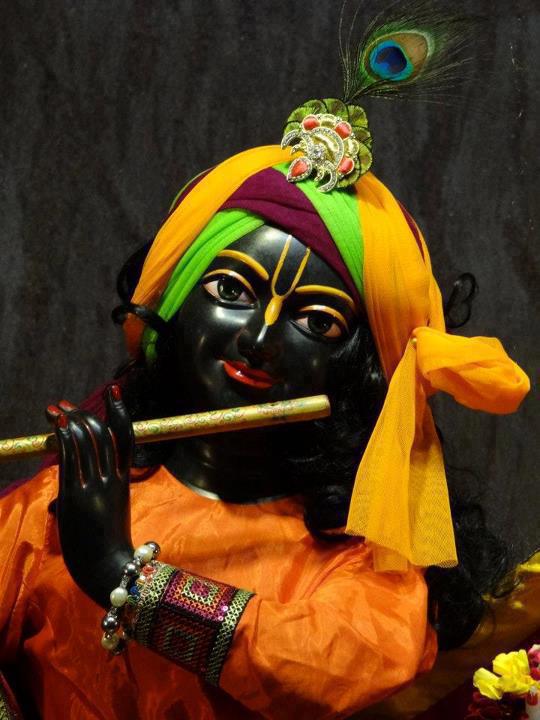
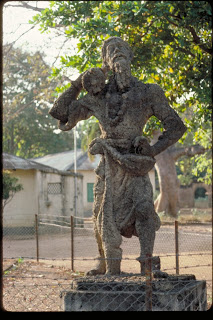
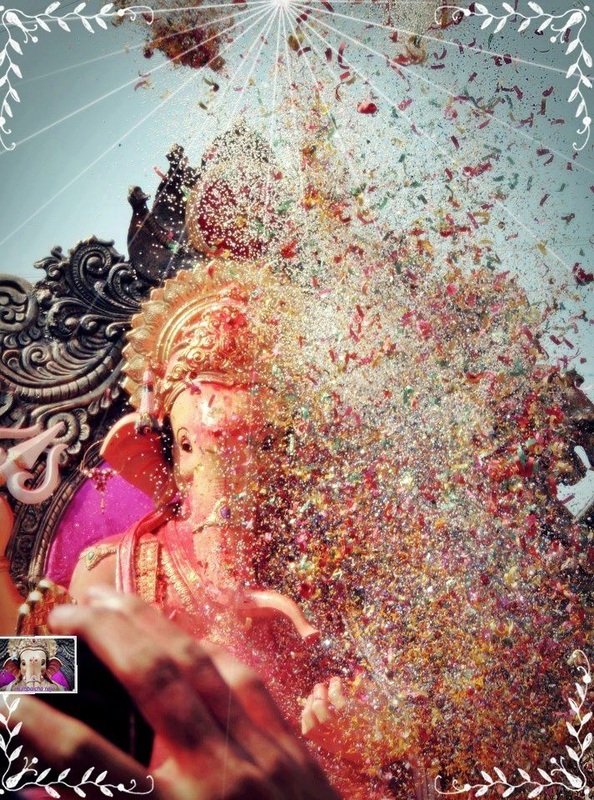
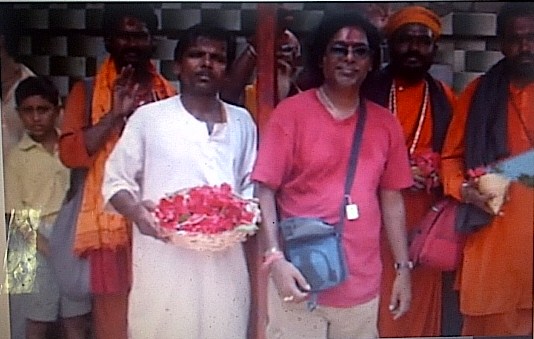
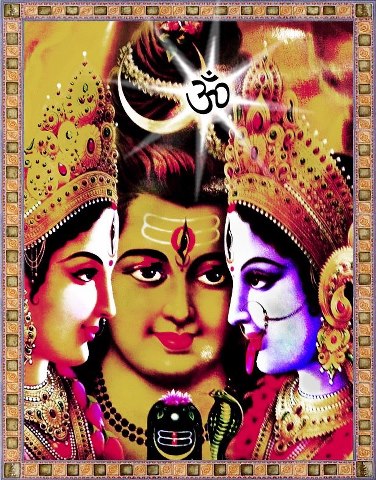
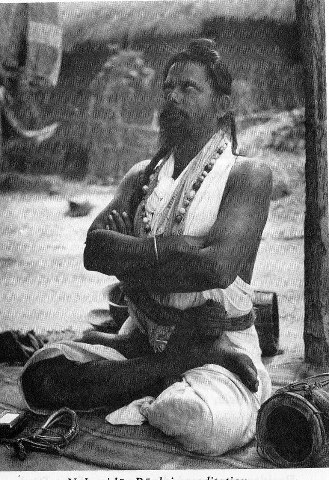
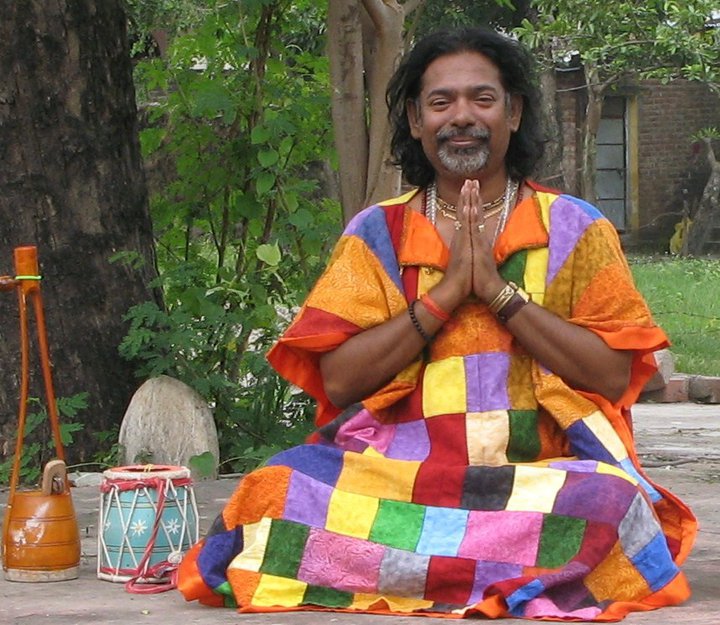
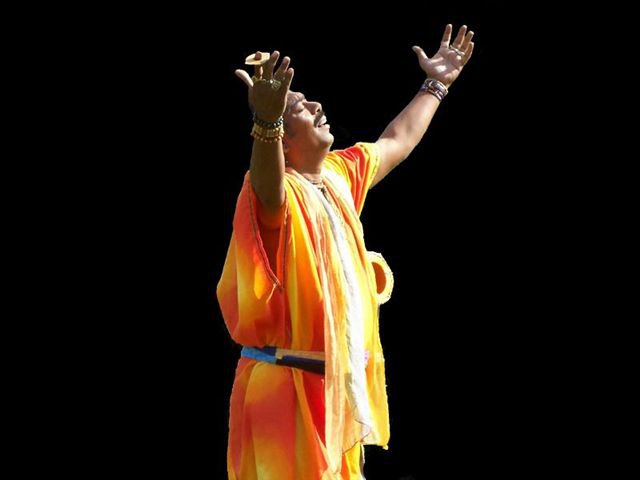
 RSS Feed
RSS Feed
